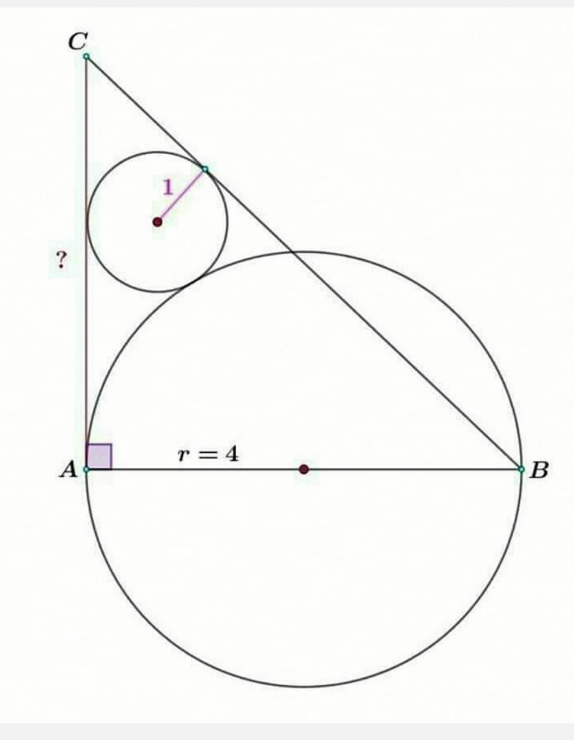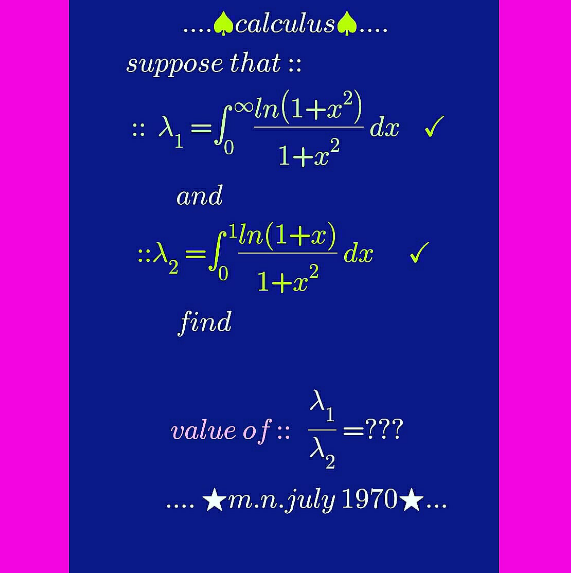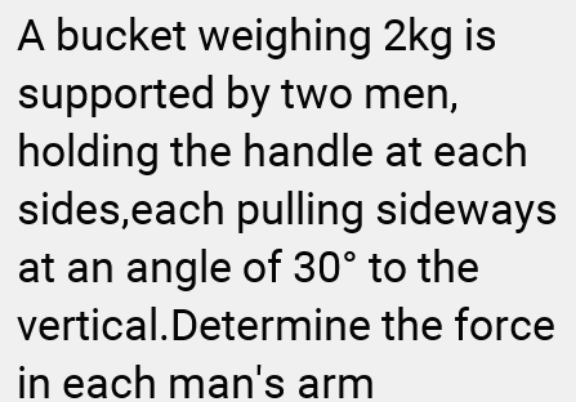
AllQuestion and Answers: Page 1048
Question Number 114467 Answers: 1 Comments: 0
Question Number 114461 Answers: 1 Comments: 1

Question Number 114447 Answers: 4 Comments: 1

Question Number 114433 Answers: 1 Comments: 0
Question Number 114422 Answers: 3 Comments: 3
Question Number 114420 Answers: 2 Comments: 4
Question Number 114411 Answers: 2 Comments: 0
Question Number 114409 Answers: 1 Comments: 0
Question Number 114405 Answers: 2 Comments: 0
Question Number 114403 Answers: 1 Comments: 1
Question Number 114401 Answers: 1 Comments: 0
Question Number 114395 Answers: 1 Comments: 0
Question Number 114388 Answers: 0 Comments: 2
Question Number 114443 Answers: 1 Comments: 1

Question Number 114379 Answers: 1 Comments: 1

Question Number 114375 Answers: 1 Comments: 3

Question Number 114374 Answers: 1 Comments: 0
Question Number 114353 Answers: 1 Comments: 1

Question Number 114347 Answers: 1 Comments: 0
Question Number 114343 Answers: 0 Comments: 4
Question Number 114340 Answers: 1 Comments: 4
Question Number 114330 Answers: 2 Comments: 1

Question Number 114326 Answers: 4 Comments: 2
Question Number 114320 Answers: 0 Comments: 0

Question Number 114313 Answers: 0 Comments: 1

Question Number 114302 Answers: 6 Comments: 2
Pg 1043 Pg 1044 Pg 1045 Pg 1046 Pg 1047 Pg 1048 Pg 1049 Pg 1050 Pg 1051 Pg 1052
